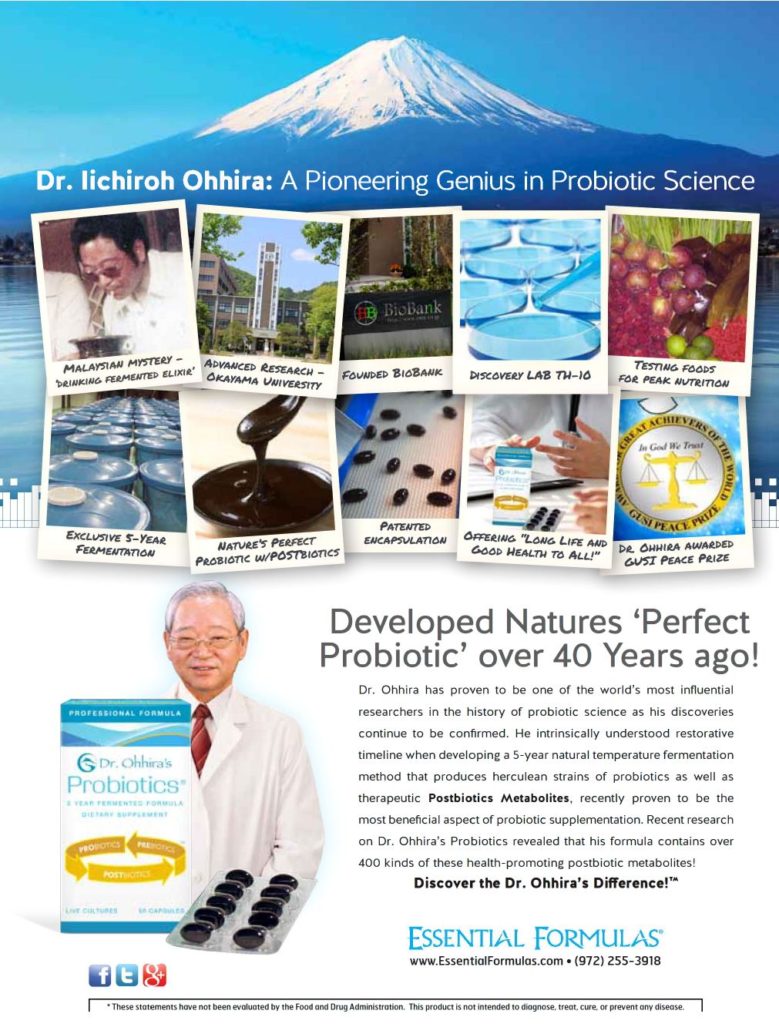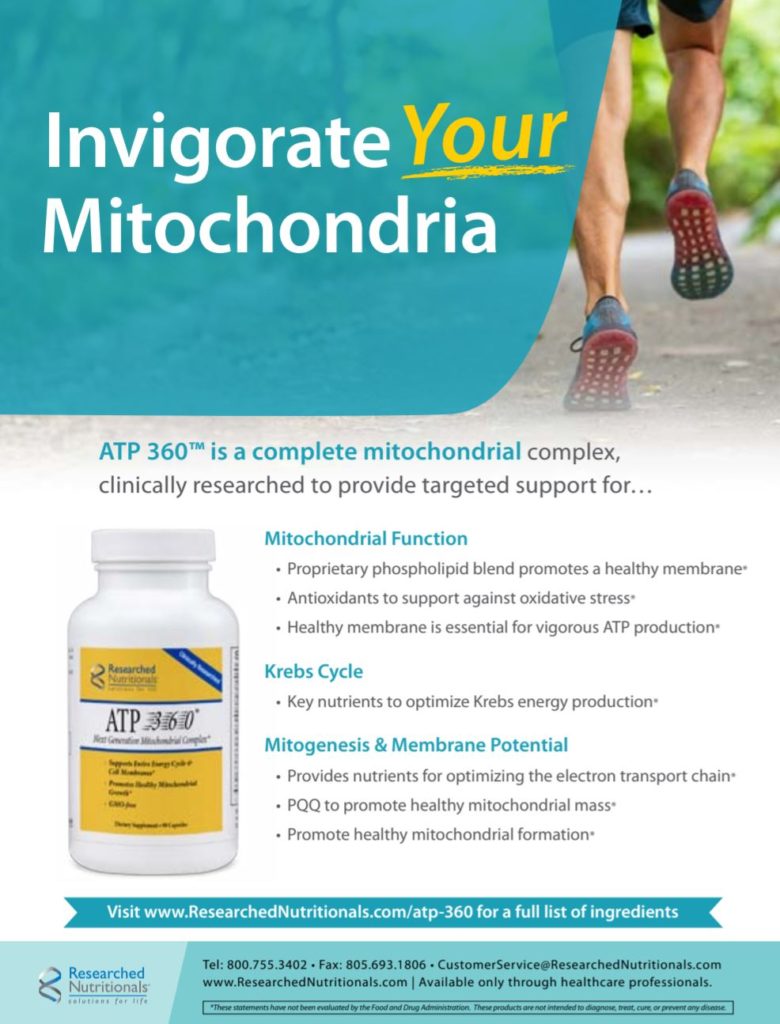by Paul K. L. Lam, MD
Over an eighteen-year period, the use of an innovative treatment paradigm for intractable ill-health in infants and children, through application of environmental medicine, has been rewarding. This has bridged the knowledge gap in conventional medicine about the rising global incidence of non-communicable diseases. This observation has also explained the paradox of poor health and neurobehavioral disturbance in exclusively breastfed, apparently healthy infants. In recent years, research has indicated the fast-degrading environment can cause a silent epidemic of neurodevelopmental brain drain in the next generation through trans-placental passage of toxic chemicals from asymptomatic pregnant mother to the fetus in utero.1 An oxidative, nutritional approach to health and diseases has been shown useful in reversing toxin-related ill health. This observational research has unanimously demonstrated the link between toxin overload and chronic ill health.
Through the judicious application of toxin-eliminating chemicals and nutritional supplementation, numerous intractable diseases can be cured. Notable examples are autism, cerebral palsy, global developmental delay, severe eczema, tics, Asperger’s syndrome, and stunted growth dated from in utero stage to early childhood. The logistics of testing this treatment paradigm in these diseases has defied the randomized placebo-controlled trial model of conventional medical practice. The role model of single pharmaceutical intervention in disease management would be futile to address the relentless rise in global non-communicable diseases.
Several thousand toxin-overloaded pediatric patients have been treated over the last eighteen years based on this perspective. Their signs and symptoms are described as follows:
- Intrauterine growth retardation.
- Unexplained low Apgar score at birth.
- Excessive jitteriness in early infancy with frequent inconsolable crying bouts and fidgety sleep.
- Feeding problems: poor sucking, slow feeding, frequent regurgitation or vomiting, with either diarrhea or constipation and suboptimal weight gain.
- Early eczema starting in the first few weeks of life, frequently triggered by routine vaccination and progressively become intensive and resistant to conventional medical therapy.
- Bruxism (teeth grinding) at night during sleep. Severely toxic children would have bruxism during the daytime. This can start in infancy and affect the child for years with the front teeth flattened through physical grinding and often the gum shows a horizontal brownish discoloration. Another sign is dark teeth staining developed in infancy and early childhood.
- Poor sleep: frequent awakening at night with inconsolable crying bouts.
- Frequent respiratory infections and allergic rhinitis in infancy and early childhood, usually recurrent and poorly responsive to medication. Associated with recurrent wheezy attack, otitis media, sinusitis.
- Adverse reactions to vaccinations. These infants are more prone to developing high fever, skin rash, convulsion, and loss of developmental skills after vaccinations.
- Food allergies. Early food allergies to cow milk protein, egg and gluten often develop in these toxin-overloaded infants. IgG mediated food allergies occur as early as three months of age and usually severely allergic before one year old.

- Neurodevelopmental delay and neurobehavioral disturbances: In infancy: poor head control, delay in gross motor function and coordination. In childhood: delay in speech acquisition, dysarthria, dyslexia, learning disability, autistic features, Asperger’s syndrome, tics, attention deficit and hyperactivity.
- Endocrine disturbances: Failure to grow at any age, from infancy to adolescence. Polyphagia and early obesity from overload of persistent organic pollutants affecting thyroid receptor sensitivity. Precocious puberty and short stature. Thyroid dysfunction from autoimmune diseases.
- Immune disturbances: Lack of protection from vaccinations due to lack of antibody production from organic pollutant overload. Toxin-loaded infants and children are more prone to diseases related to immune dysfunction: Kawasaki disease, Henoch-Schonlein purpura, autoimmune thyroiditis, and rheumatoid arthritis.
- Hair and nails: Hair in toxic-loaded infants or children would be dry and frail. Nails in toxic children would be thin, brittle, laden with whitish specks. Another sign is thickened pigmented dysplastic nails.
- Lips are dry with eczema, frequently accompanied by perioral involvement. Toddlers or children may show frequent ulcers within the mouth with slow healing. The tongue may present with persistent whitish coating due to candida infection.
- Bizarre skin lesions may appear in toddlers or children: generalized erythematous papulo-vesicular rash simulating chickenpox; palmar and plantar erythema with thickening of the skin, reminiscent of the “acrodynia” of the children in last century poisoned by mercury-ladened teething powder; indolent skin ulcers with weeping erythematous surface and peeling skin margins. (See images)
Assessment of Toxic Burden of Infants and Children
Conventional medicine stipulates the use of blood levels of heavy metals in assessing patient’s toxicity.2 However, blood levels of toxic metals show only recent exposure as the toxic metals would be deposited to various organs with partial excretion a few weeks after initial exposure. Hair analysis for toxic metals has been widely accepted and validated for epidemiological studies by the World Health Organization for indication of toxic metal exposures. A false negative result does occur in severely toxic patients, as the abnormal metabolism has compromised hair growth.
For assessment of symptomatic infants, the hair of the mother can be taken for toxic metal analysis as this reflected the toxic burden of the mother in the preceding three months. The provoked urine test where urine is collected and analyzed following administration of chelating medicine is a relatively accurate test in reflecting toxic load of the patient. The limitation of this test is that the levels of toxicities shown do not reflect the total toxic burden of the patient. In practice, serial provoked urine challenge test done a few months apart would show higher levels of toxic metals excreted with resolution of the ill health. This implies more ready release of toxic burden from the body’s tissue with effective toxin-eliminating therapy.
For small infants, an indirect yet relatively reliable test to assess body’s toxic burden is the urine porphyrins test. This is done by collecting early morning urine and saving the urine sample in a light-proof container. The amount of the various porphyrins would reflect the quantities of persistent organic pollutants, arsenic, lead, and mercury occurring as their metabolites. The most accurate assessment of body burden of toxins would be tissue biopsies of various organs. Obviously, this is impractical due to its invasiveness.
Management of Toxic Overloaded Patients
The medical history for affected infants begins with the mother. Mother may have a history of prolonged ingestion of Chinese herbal medicine, frequent fish meals, and/or presence of multiple dental amalgams. For nursing mothers, frequent consumption of fish soup is another risk factor. In Hong Kong, infants and children are frequently given daily fish meal.
After testing for presence of toxic metal overload, the treatment begins with the advice of strict abstinence of fish or seafood meals for a period of three to six months. Nutritional supplementation would be given to facilitate toxic elimination. Selenium, zinc, magnesium, omega 3 fatty acid, antioxidants (N-acetylcysteine, alpha lipoic acid), and probiotics comprise the treatment regimes. For more severely affected infants, home injection of vitamin B12 (methylcobalamin) given subcutaneously once every three days would expedite recovery. Notable examples are the infants with severe, whole-body eczema and neurodevelopmental handicap.
Duration of therapy would be variable depending on the severity of symptoms and magnitude of toxic overload. An average of three to six months would usually be required. Apart from resolution of the original symptoms, gratifying improvement of other health parameters would be frequently elicited: phenomenal catch-up growth of the head size, then of the body; increased appetite; improved temperament, mood, and learning ability are frequently observed.
For management of autistic or other neurodevelopmentally handicapped children, the use of intravenous nutrients (phosphatidylcholine, folinic acid, glutathione, vitamin C) or chelating agents have to be instituted in order to achieve cure within a reasonable time, say within one to two years. Contrary to the prejudice of conventional medical practitioners, intravenous chelation has been safe with no major adverse side effects in the author’s practice. For successful cases, some autistic children not only have their autistic features eradicated, but they were also noted to have higher intelligence quotient upon successful treatment. Due to the plasticity of the infant’s brain, the younger these affected children are started on this therapeutic regime, the greater the chance of complete cure.
Due to the inherent growth potential of infants and children, once the constraint of a chronic ill-health has been relieved, an accelerated growth would be observed with upward crossing of the growth percentile. In recent decades, idiopathic short stature has become more common and the administration of recombinant growth hormone has become an indication to address this problem. However, the cost and duration of treatment by this means are prohibitive, apart from the need for daily injection. Two cases worth reporting to illustrate this phenomenon.
Case 1. A 7-year-old boy has had idiopathic supraventricular ectopic for two years with no treatment deemed available. After he came to my attention, his hair mineral analysis identified toxic heavy metal overload. Oral nutritional supplements were given, and avoidance of seafood advised as management for toxic elimination. After six months, the boy’s height and weight were noted to cross percentiles from the 10th to the 50th, apart from sustained remission of the cardiac arrhythmia.
Article continues on next page…







